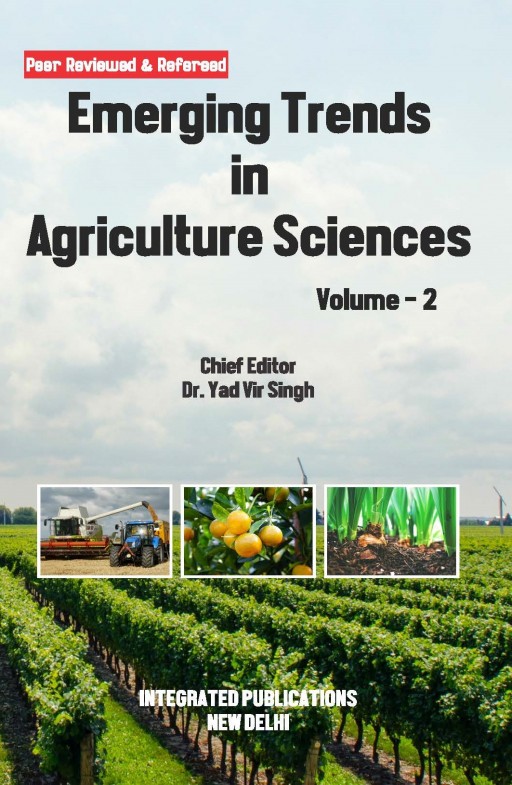Nitrogen ranks first among the applied inputs to maximize output in agriculture and its demand is increasing at a rate approximately equivalent to the rate of increase in population, of about 2% per annum. Paddy crop utilizes hardly 30-40 per cent of applied N to the soil while the remaining portion of about 60-70 per cent is lost by various ways such as leaching, denitrification and volatilization etc. It is widely recognized that about 50 per cent N applied through ordinary urea to the soil is lost and as such as this situation poses as serious problem in maximizing paddy production in our country, because of low recovery of applied N fertilizer besides the salt injury to plants by heavy application and adverse effects on the environment. Most work on N management in rice has focused on placement, form and timing of applied N to reduce losses through volatilization and denitrification processes. In contrast, less emphasis has been given to identify rice varieties maximum N use efficiency and methods to adjust N release rates of applied fertilizer. This chapter describe the information on various types of N use efficiency, method of selection rice variety with more N absorption and utilization as an index to reduce N load in soil-water system so as to prevent nitrate pollution in ground water.
Copyright information
© Integrated Publications.

